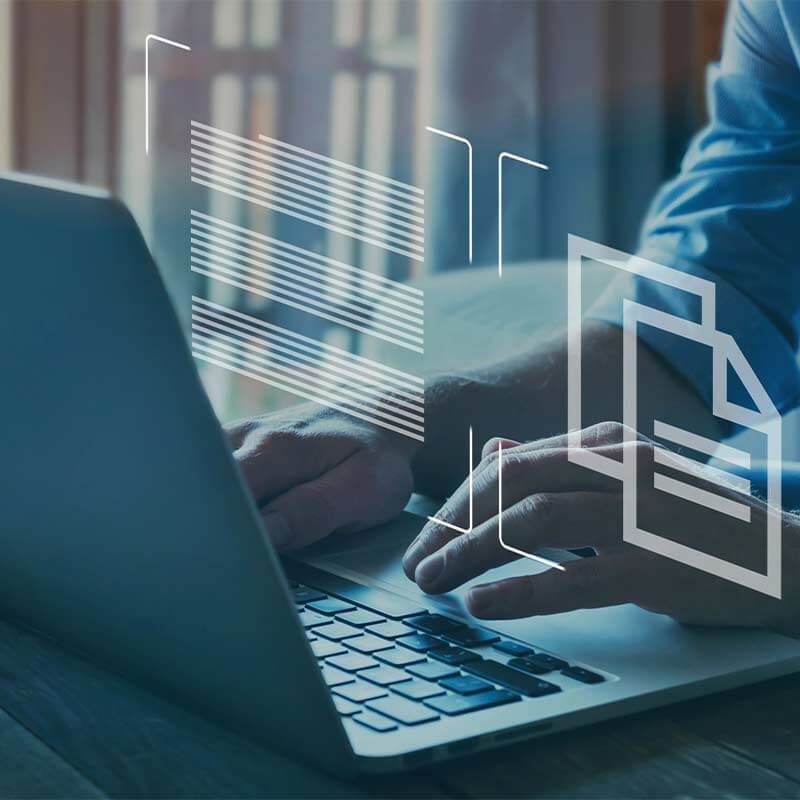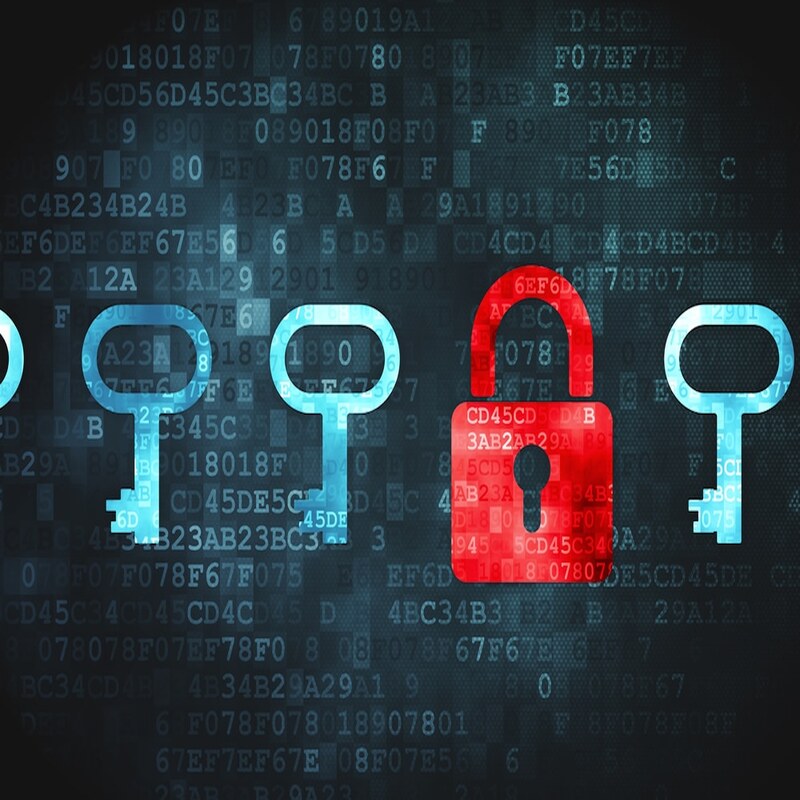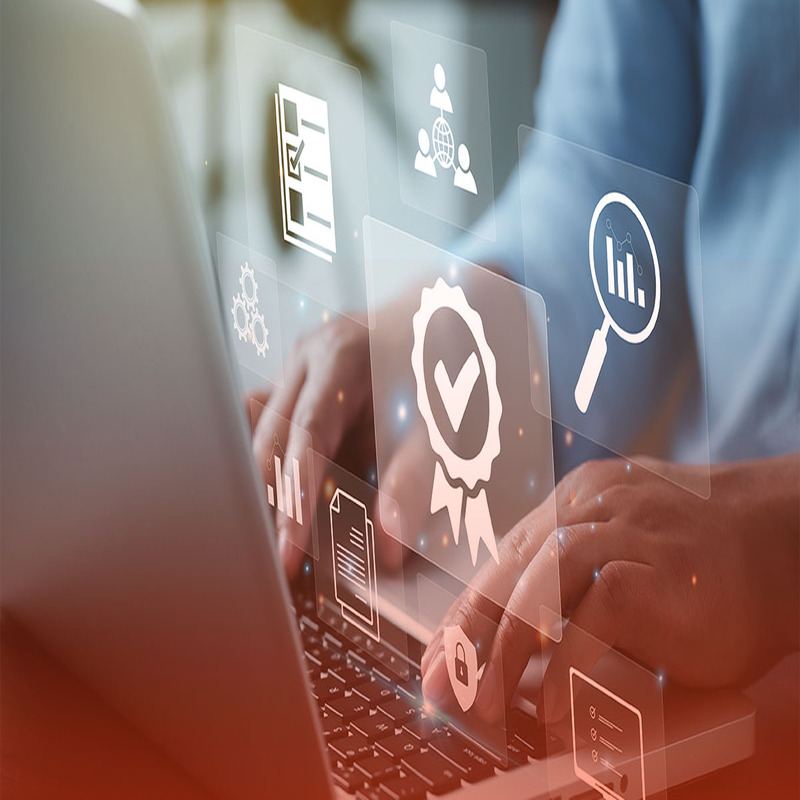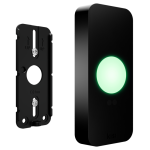Introduction to Logical Access Control
As an SEO expert and professional blogger, I aim to clarify the concept of logical access control. This system is a barrier. It guards data, networks, and resources from unauthorized use. To understand logical access control, consider it as a digital lock. It uses a combo of checks, like passwords or smart cards, to verify who seeks entry. Think of it as the gatekeeper for digital spaces. It decides who can or cannot access certain data or areas within a computing environment.
Logical access control is a part of overall cybersecurity measures. It prevents data breaches by controlling who has the virtual keys. These keys are often in the form of credentials like passwords or biometric scans. The goal is simple. Keep sensitive information out of the wrong hands. This protection extends to databases, files, and even specific applications. It’s an essential tool for businesses large and small.
Businesses use logical access control for many purposes. They may aim to protect customer data, secure financial records, or lock down proprietary information. This form of access control plays a critical role. It shields organizations from both external and internal threats. With data breaches on the rise, safeguarding digital assets is more crucial than ever. It can make the difference between a secure network and a vulnerable one.
Moving forward, we will delve deeper into why it matters in cybersecurity. We will also distinguish between logical and physical access control. Later, we’ll explore key components, discuss multi-factor authentication, and touch on compliance issues. And finally, we’ll conclude with steps on implementing an effective logical access control system.

The Importance of Logical Access Control in Cybersecurity
In today’s digital age, robust logical access control is non-negotiable. As cyber threats evolve, businesses must guard their data with advanced security measures. It stands as a front-line defense against unauthorized data access. Here’s why it’s so critical in cybersecurity:
Protects Sensitive Data
Your data is valuable. It keeps sensitive information like customer details and financial records secure. It is a barrier against cybercriminals. Without it, data is at risk.
Mitigates Insider Threats
Not all threats come from outside. Employees could misuse data for malicious reasons. It helps prevent such inside attacks. It ensures only authorized staff can access key data.
Ensures Regulatory Compliance
Businesses must follow data privacy laws. These include regulations like GDPR and CCPA. This systems help in meeting these legal requirements. They offer proof that your business protects user information.
Prevents Data Breaches
A data breach can ruin a company’s reputation. It can also lead to substantial financial losses. It reduces the risk of breaches.
Overall, logical access control is essential for any cybersecurity strategy. It aids in protecting against data misuse and ensuring compliance with privacy laws. Investing in a robust logical access control system can save your organization from potential threats and breaches, thus safeguarding your digital assets.
Differences Between Logical and Physical Access Control
Understanding the difference between logical and physical access control is key to overall security. In simple terms, it deals with data and network security, while physical access control manages entry to buildings or rooms.
Logical Access Control Systems
Logical access control secures virtual spaces. This includes data, networks, and system resources. It employs passwords, smart cards, and biometrics. Its goal is to protect digital assets from unauthorized access.
Examples include user IDs and complex passwords. They might also use tokens or digital certificates. Companies set these systems to control who accesses their digital infrastructures.
Physical Access Control Systems
On the other hand, physical access control is about restricting entry to a physical space. This can be an office, a data center, or any other secured area. Keycards, guards, and biometric scanners often achieve this. They monitor and control who enters or leaves these spaces.
For example, a secured door might require a keycard or a numeric code. Sometimes there might be security personnel to check IDs. These methods help protect the physical assets of a business.
Both logical and physical access control systems play crucial roles. They ensure the safety and security of both data and physical assets. But they serve different aspects of an organization’s security needs. It is important to understand and implement both for a comprehensive security strategy.

Key Components of Logical Access Control Systems
Any strong logical access control system rests on several key components. These elements work together to create a secure environment for data and resources. Let’s go over each one.
Identification
The process starts with identification. Users must present a unique identifier. This could be a username or an employee number.
Authentication
Next is authentication. The system checks if the user is who they claim to be. Common methods are passwords, PINs, or biometric scans.
Authorization
Authorization decides what an authenticated user can do or see. It sets boundaries on their access within the system.
Access Rights Management
Access rights management involves assigning and enforcing access policies. It defines which resources a user or group can reach.
Audit and Reporting
Regular audit and reporting keep track of who accessed what, when, and how. This is crucial for spotting any unusual activities.
System Integration
System integration ensures that all security tools work in unison. It makes managing logical access control easier across various platforms.
These components form the backbone of logical access control. They must be correctly set up and managed. With them, organizations can enforce security protocols effectively. They are essential for protecting against unauthorized access to sensitive data.
Multi-Factor Authentication and Its Relevance
In securing digital assets, multi-factor authentication (MFA) stands pivotal. It is an added layer to logical access control. With MFA, users provide two or more verification factors to gain access. This method greatly reduces the risk of unauthorized entry.
Why MFA is Essential
MFA is more than just a barrier; it’s a robust defense system. It ensures that if one factor is breached, others protect the data. Simply put, MFA requires:
- Something you know (like a password).
- Something you have (like a phone or token).
- Something you are (such as a fingerprint).
Employing MFA means that hacking becomes much harder. A stolen password alone won’t compromise your security. Here’s a quick rundown of why MFA is critical in today’s cybersecurity landscape:
- Enhances Security: MFA requires multiple proofs of identity, toughening defenses.
- Reduces Fraud Risks: The layered approach minimizes chances of unauthorized access.
- Boosts Data Protection: With MFA, sensitive information has stronger safeguards.
- Regulatory Compliance: Many privacy laws now acknowledge MFA as a security standard.
- User Trust: Customers and employees trust systems more when MFA is in place.
MFA’s Role in Cybersecurity
Without MFA, logical access control systems have a vulnerability: if a password is cracked, data is at risk. With MFA, even if a cybercriminal has one element, the others still guard the access point. MFA is now considered a basic security necessity, akin to locking both the doorknob and deadbolt on your front door.
To sum up, MFA’s relevance in logical access control cannot be overstated. It secures data access through increased validation steps. This ensures a higher confidence level that only authorized persons can reach sensitive resources.

Advanced Authentication Methods for Enhanced Security
Enhancing security requires advanced authentication methods. These methods are vital to counteract sophisticated cyber threats. Businesses today often adopt the following techniques:
Smart Card Readers
Smart card readers rely on physical tokens to verify user identity. This involves inserting a card into a reader. The card contains embedded data that proves user credentials.
Biometrics
Biometrics use unique body features, like fingerprints, for identity verification. This method ensures that only the person with the correct biometric data gains access.
Mobile Authentication
Users can utilize their smartphones as an authentication tool. A mobile app or a text code can grant access. This is convenient and adds a layer of security.
Multi-Factor Authentication (MFA)
MFA requires users to provide several identification factors. This could be a password plus a fingerprint. It makes unauthorized access much harder.
Single Sign-On (SSO)
With SSO, users log in once to access multiple services or applications. It simplifies the user experience while maintaining security standards.
Federated Identity Management
This system allows sharing of identities and permissions across different systems. Users maintain one set of credentials for several services.
These methods are integral to an effective logical access control framework. They protect against unauthorized access, insider threats, and data breaches. Regularly updating authentication strategies is crucial. It keeps a business a step ahead of cybercriminals.
Next Steps: Implementing Effective Logical Access Control
Implementing an effective logical access control system is the next crucial step. This move fortifies your organization’s cyber defenses. Here are practical steps to take for effective implementation:
Assess Your Current Security Posture
Begin by evaluating your existing security measures. Identify any weak points that need enhancement. This step is key to setting up a strong foundation.
Create a Detailed Implementation Plan
Develop a plan highlighting the steps needed to set up your logical access control system. Your plan should include timelines, resources required, and responsible parties.
Select the Right Authentication Methods
Choose from smart cards, biometrics, or MFA. Your choice should support your security goals and fit with your company’s operations.
Train Your Staff
Educate your employees on new systems and protocols. Proper training helps in preventing misuse and errors. It ensures that everyone knows how to handle data safely.
Monitor and Update Regularly
Once set up, keep an eye on your system. Check for any unusual activity. Update your security measures as needed to combat new threats.
Audit for Compliance and Regulation
Regular audits help in meeting compliance and regulations. They make sure your logical access control system aligns with legal standards.
By following these steps, your organization can achieve a robust logical access control system. This system not only protects against cybersecurity threats but also assures compliance with data protection laws. Remember, consistent evaluation and improvement are the keys to maintaining an effective security posture.


